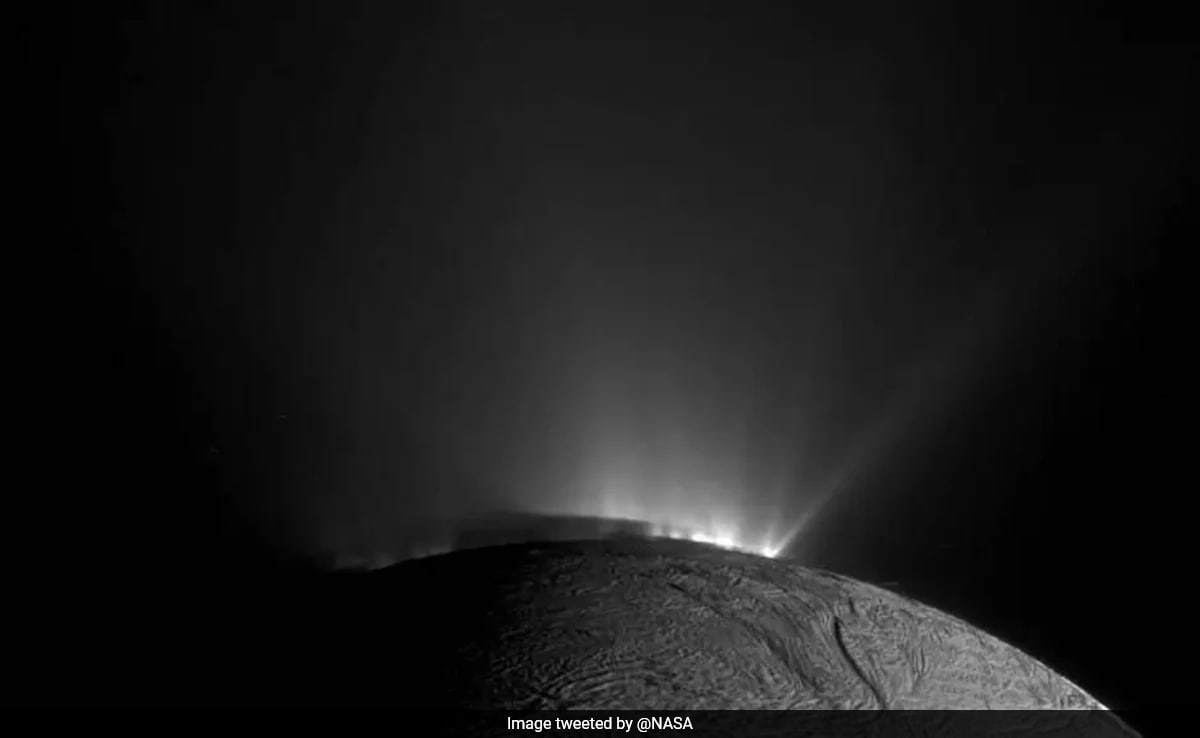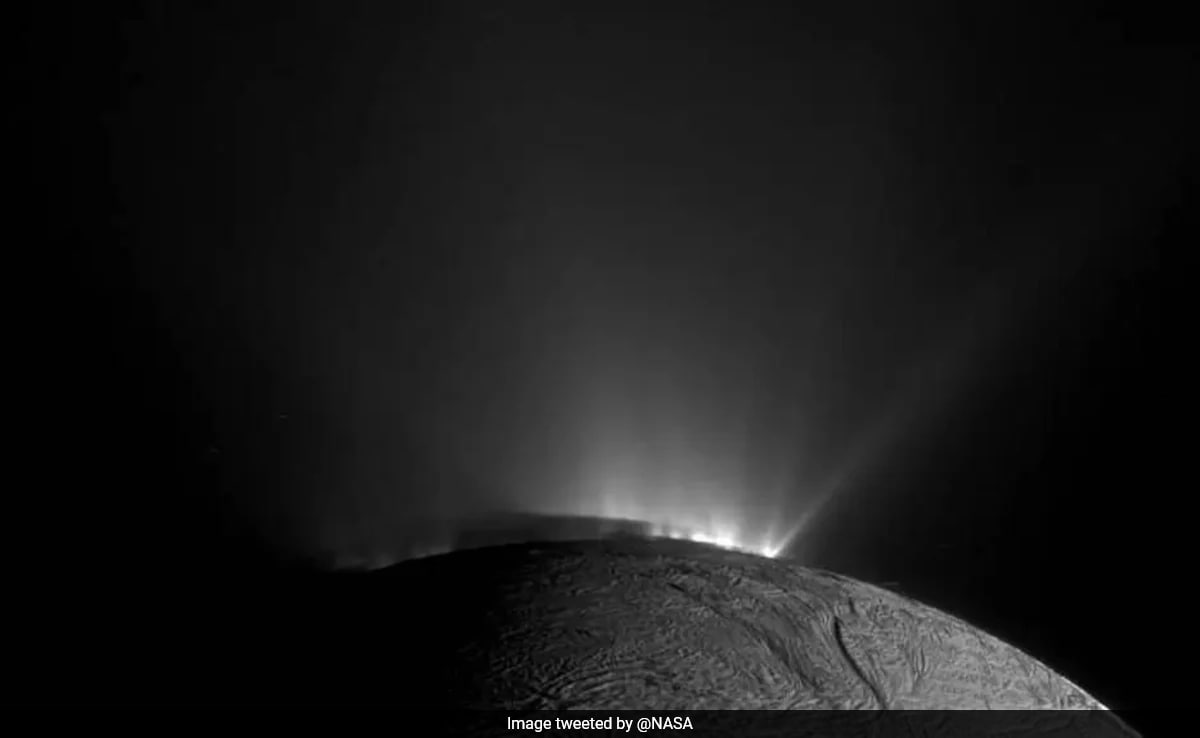
According to NASA, these exoplanets are roughly Earth-sized but less dense and much colder
A recent NASA study looking for life beyond the solar system has discovered 17 exoplanets that could have oceans of liquid water beneath icy shells. The search for life usually involves finding exoplanets that exist within their host star’s “habitable zone,” a distance where temperatures allow liquid water to persist on their surfaces. However, it’s possible for an exoplanet that’s too distant and cold to still have an ocean underneath an ice crust if it has enough internal heating.
As per Space.com, these worlds, much like the icy moons of Jupiter, could therefore be promising places to search for chemical signs of life. Notably, Jupiter’s Moon Europa and Saturn’s Enceladus do not receive sufficient sunlight but still have liquid oceans beneath their icy crust.
For the first time, @NASAExoplanets science teams have estimated that 17 worlds outside our solar system could have oceans of liquid water, an essential ingredient for life, beneath icy shells. Dive in: https://t.co/8wIm2qhUDEpic.twitter.com/OP7eXhrz6E
— NASA (@NASA) December 15, 2023
”Water from these oceans could occasionally erupt through the ice crust as geysers. The science team calculated the amount of geyser activity on these exoplanets, the first time these estimates have been made. They identified two exoplanets sufficiently close where signs of these eruptions could be observed with telescopes,” NASA said.
These icy worlds, including two that are near our solar system, might have conditions capable of supporting life.
“Our analyses predict that these 17 worlds may have ice-covered surfaces but receive enough internal heating from the decay of radioactive elements and tidal forces from their host stars to maintain internal oceans,” Lynnae Quick of NASA’s Goddard Space Flight Center said in a statement.
”Thanks to the amount of internal heating they experience, all planets in our study could also exhibit cryovolcanic eruptions in the form of geyser-like plumes,” Mr Quick added.
According to NASA, these exoplanets are roughly Earth-sized but less dense and much colder, suggesting that their surfaces are covered in ice.
Researchers said geyser activity on two of the exoplanets Proxima Centauri b and LHS1140 b, could exceed Europa’s by hundreds to thousands of times.
”Since our models predict that oceans could be found relatively close to the surfaces of Proxima Centauri b and LHS 1140 b, and their rate of geyser activity could exceed Europa’s by hundreds to thousands of times, telescopes are most likely to detect geological activity on these planets,” said Mr Quick.




